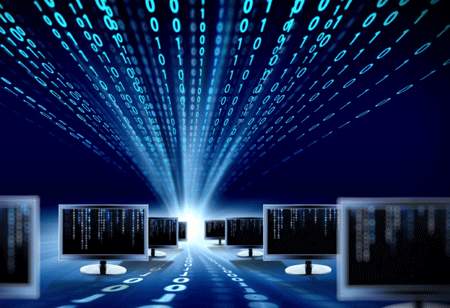THANK YOU FOR SUBSCRIBING
Popular Cognitive Computing Trends to Watch for in 2022
Cognitive computing is a synthesis of cognitive science and is based on the fundamental premise of simulating the basic thought process.

By
Apac CIOOutlook | Tuesday, January 18, 2022
Stay ahead of the industry with exclusive feature stories on the top companies, expert insights and the latest news delivered straight to your inbox. Subscribe today.
Cognitive computing enables chatbots to have some level of intelligence when it comes to human communication. It understands the requirements of the users based on previous communication, suggestions, and other factors and responds accordingly.
Fremont, CA: Cognitive computing is a synthesis of cognitive science and is based on the fundamental premise of simulating the basic thought process. It combines disruptive technologies such as AI and machine learning with sentiment analysis and contextual awareness to solve daily problems in the same way that humans do. It is used in a variety of industries, including healthcare, insurance, and others.
The goal of cognitive computing is to create a computerised model that simulates human thought processes. Machines can mimic the way human brains function by implementing self-learning algorithms that utilize pattern recognition, data mining, and natural language processing.
Trends of cognitive computing:
Chatbots: Cognitive computing enables chatbots to have some level of intelligence when it comes to human communication. It understands the requirements of the users based on previous communication, suggestions, and other factors and responds accordingly.
Risk Assessment: Cognitive computing aids in the generation of insights by combining behavioural data and market trends. Implementing only big data analytics is insufficient; increasing the intelligence of the algorithms through cognitive computing is effective in risk assessment.
Fraud Detection: Another application of cognitive computing in finance is fraud detection. It is an example of anomaly detection. To detect these anomalies, various data analysis techniques such as clustering, logistic regression, and others can be used.
Face Detection: The advanced level of image analytics is face detection. To distinguish one face from another, a cognitive system utilizes data such as contours, face structure, eye colour, and so on.
Sentiment Analysis: In order for machines to understand human communications, the user must enter data into the machine and evaluate the accuracy of the results. This technology is commonly used to analyse replies, social media tweets, reviews, and other types of content.





